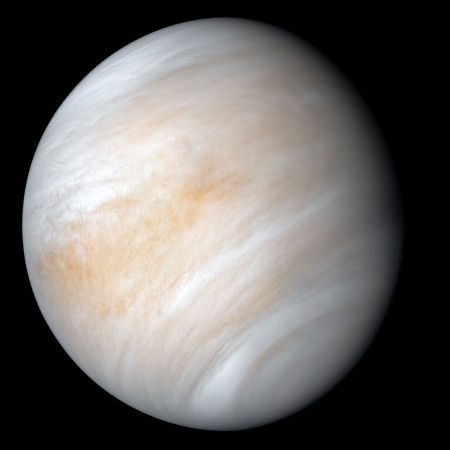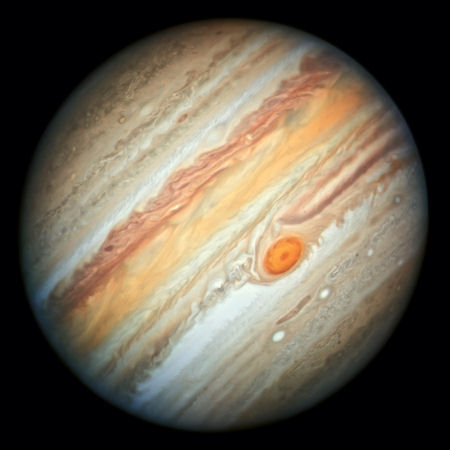THE SOLAR SYSTEM TO SCALE
Each planet on the solar system walk is represented by a concrete marker on the ground near each sign. The sizes of the planet markers are all on the same scale as the Sun, represented by the large round patio. You can compare the size of each planet marker to another nearby planet or the Sun patio if they are within sight of each other.
However, the distances between the planets and the Sun in our solar system are too far to use the same scale. Mercury alone would be a half mile away.
So, the distance scale is 100 times smaller than the size scale. Therefore, walking 1 foot on the path represents about 1.5 million miles.
In other words, every planet you see on the solar system walk should be 100 times farther away from the Sun patio.









